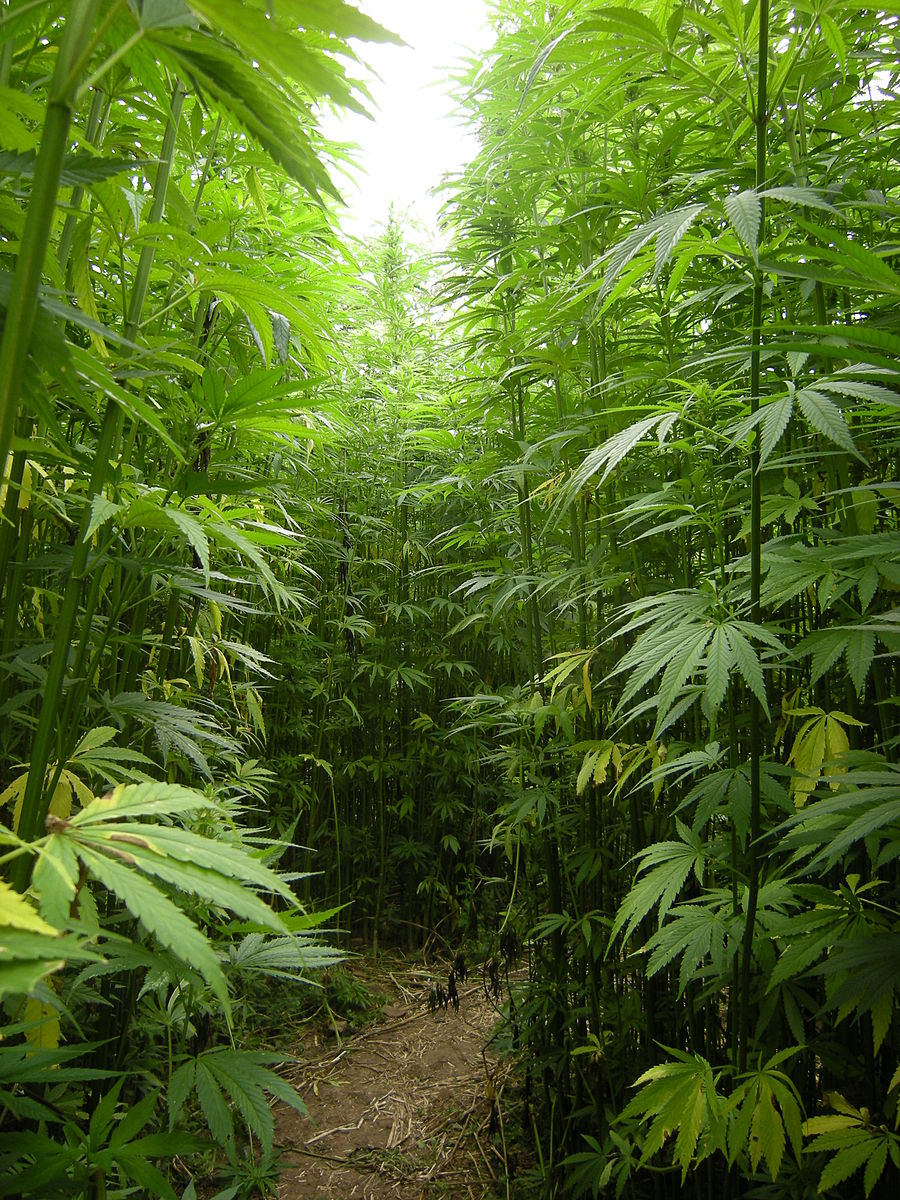I had a hand in one of these. Batting 100% on VAPG applications this year. I wished I had been able to work on more applications, but the deadline coincided with a hundred other grant deadlines, project events, unexpected commitments, and even the start of the COVID-19 period.
Great farms and farmers on this list:
$250,000.00 - GA/Brooks - THOMPSON FARMS COUNTRY CURED MEATS, LLC
This Rural Development investment will be used as working capital for theThompson Farms Ready-to-eat pulled pork product entering a new geographic region.
$250,000.00 - GA/Bulloch - HUNTER CATTLE COMPANY LLC
This Rural Development investment will be used for working capital for Hunter Cattle Company’s "Air Dried Beef", individually packed and shelf stable product.
$250,000.00 - GA/Clay - WHITE OAK PASTURES, INC.
This Rural Development investment will help White Oak Pastures as working capital for their new ready to eat/ready to cook canned/frozen meat and vegetables.
$250,000.00 - GA/Dougherty - PRETORIA FIELDS FARMS, LLC
This Rural Development investment be used as working capital for Pretoria Fields Farms, LLC conversion from cereal rye to rye beer.
$250,000.00 - GA/Gilmer - ENGELHEIM VINEYARDS LLC
This Rural Development investment will be used to assist Engelheim Vineyard to expand their wine product line.
$250,000.00 - GA/Lamar - THOUSAND HILLS CATTLE RANCH LLC
This Rural Development investment will be used to process, package and distribute USDA Certified Organic beef cuts.
$248,842.00 - GA/Meriwether - FITZGERALD FRUIT FARMS LLC
This Rural Development investment will be used for market expansion to distribute locally produced agricultural food produce.
$250,000.00 - GA/Peach - LEE POPE PECANS, LLC
This Rural Development investment will be used as working capital for Lee Pope Pecans, LLC flavored and packaged snack pecans in 4 oz packages in three flavors - Roasted and Salted, Cinnamon and Gingerbread
$250,000.00 - GA/Seminole - AMERICAN PEANUT GROWERS GROUP, LLC
This Rural Development investment will be used as working capital to convert runner peanuts to shelled and blanched runner peanuts.
$250,000.00 - GA/Stephens - CURRAHEE VINEYARD & WINERY INC
This Rural Development investment will be used to assist the Currahee Vineyard to expand their wine product line.
$250,000.00 - GA/Tift - SOUTHERN DRAWL COTTON, LLC
This Rural Development investment will be used as working capital for Southern Drawl Cotton LLC cotton sheets, pillowcases and cotton tea towels.
$203,000.00 - GA/Towns - CRANE CREEK VINEYARDS INC
This Rural Development investment will be used to assist Crane Creek Vineyard to expand their wine product line.
$250,000.00 - GA/White - HABERSHAM VINTNERS, INC.
This Rural Development investment will be used to assist Habersham Vintners, Inc for their emerging market to produce and distribute a new carbonated wine product.






